Architectural photography isn’t just about capturing buildings—it’s about telling their stories. Every structure has its own character, shaped by design, light, and shadow. When we explore this art form, we’re diving into a world where creativity meets precision, and where every angle reveals something new.
As photographers, we’re challenged to see beyond the obvious. It’s not just about snapping a picture of a building; it’s about finding the perfect perspective that highlights its essence. Whether it’s a sleek modern skyscraper or a centuries-old cathedral, architectural photography invites us to celebrate the beauty of human ingenuity and design.
There’s a unique thrill in transforming static structures into dynamic visuals. By understanding composition, lighting, and the interplay of geometry, we can create images that evoke emotion and inspire awe. Let’s dive into this fascinating art and uncover what makes architectural photography so captivating.
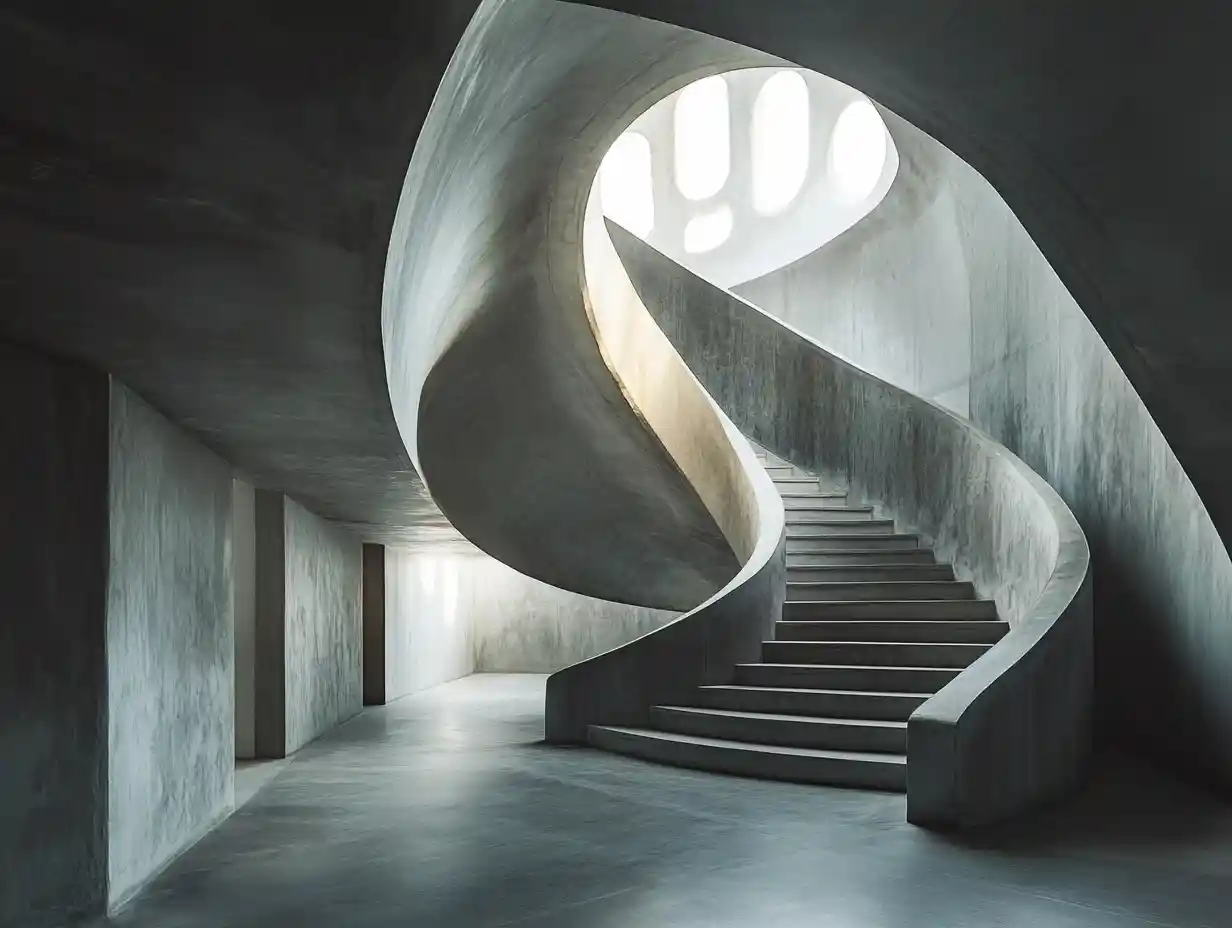
Understanding Architectural Photography
Architectural photography focuses on capturing the design, beauty, and essence of structures. It merges technical skill and artistic vision to highlight the interplay between form, function, and environment.
What Is Architectural Photography?
Architectural photography documents and celebrates buildings, spaces, and structural details. It includes exterior views like facades of skyscrapers and interior scenes such as intricate ceilings or minimalist layouts. By portraying these elements, we provide viewers with insight into the architect’s vision, design intentions, and the relationship between the space and its surroundings.
Key aspects include the use of perspective, lighting, and geometry to emphasize a building’s symmetry or distort its proportions creatively. Examples include photographs of towering cityscapes, industrial complexes, or residential designs.
Importance Of Capturing Architecture
Capturing architecture preserves the creativity and significance of structures, making design accessible to everyone. It aids architects, historians, and designers in documenting innovation and cultural heritage. For commercial use, it enables real estate developers or travel agencies to showcase properties or landmarks effectively.
Architectural photography enhances storytelling by illustrating how people interact with buildings. For example, an image of a bustling public square can highlight its role as a community hub. It also helps educate others about architectural practices and their impact on urban or environmental spaces.
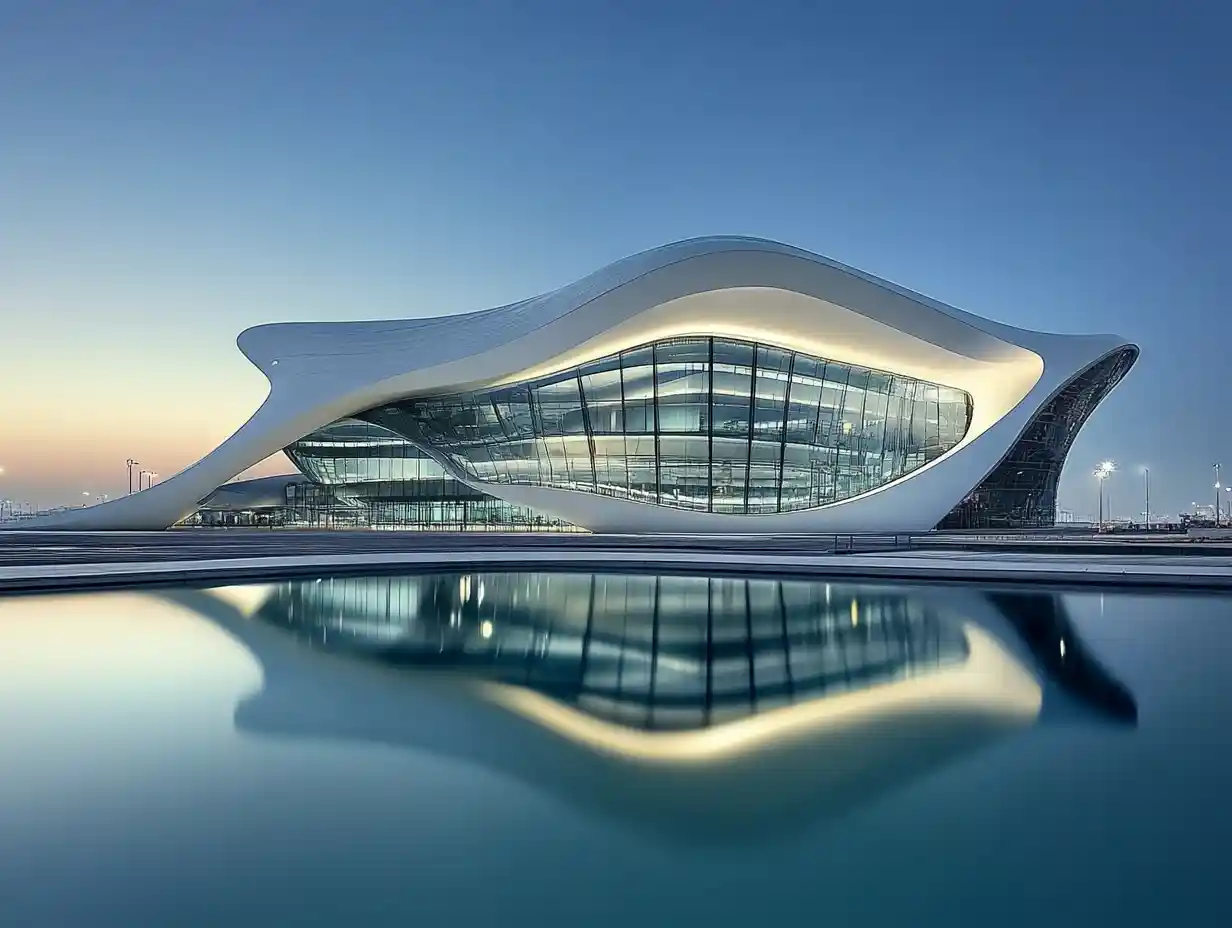
Essential Techniques For Architectural Photography
Architectural photography requires the use of precise techniques to transform structures into engaging visuals. By mastering composition, lighting, and editing, we can emphasize a building’s distinctive character and design.
Mastering Composition And Angles
Composition defines how elements within the frame guide the viewer’s eyes. Symmetry, leading lines, and framing bring structure and harmony to an image. For angular buildings, wide-angle lenses capture scale, while vertical lines should be corrected to avoid distortion. Exploring multiple vantage points before shooting reveals unique perspectives, highlighting architectural elements like arches, columns, or facades.
Using Light To Enhance Details
Lighting determines mood and texture in architectural photos. Shooting at golden or blue hours softens shadows and emphasizes intricate details. Harsh midday light highlights geometric patterns in contemporary designs. Reflective surfaces often add depth but require controlled exposure to avoid overexposure. Using artificial lighting during evening shoots enhances ambiance and reveals a building’s night-time allure.
The Art Of Post-Processing
Post-processing allows us to fine-tune images while preserving authenticity. Adjusting contrast, clarity, and color balance enhances structural details and corrects distortions. Removing distractions like blemishes or stray elements ensures consistency. Applying selective filtering emphasizes specific areas, such as highlighting natural textures in stone or metal, to draw focus without losing context.
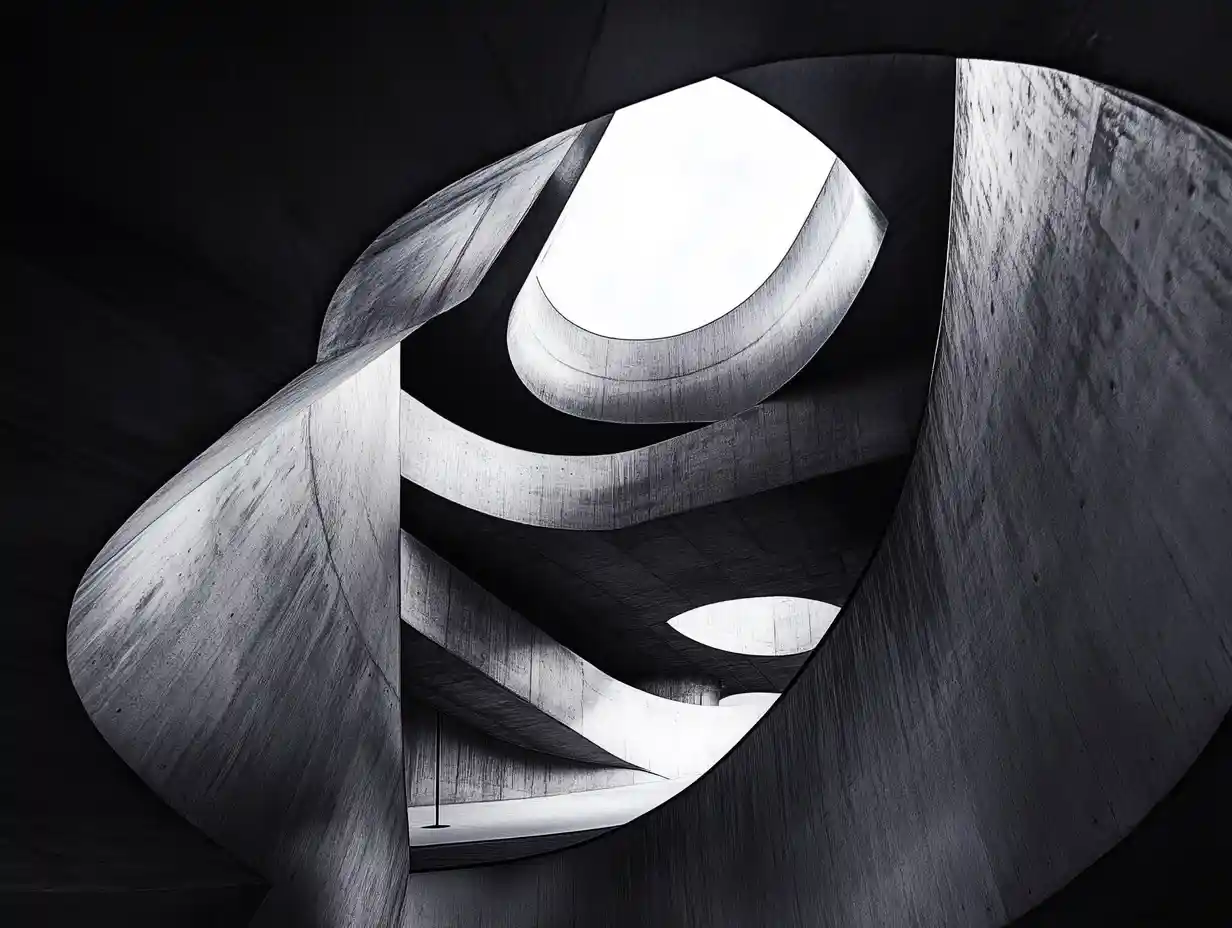
Tools And Equipment For Architectural Photography
The right tools are essential for capturing structures with precision and creativity. Architectural photography demands specialized equipment to achieve professional results.
Cameras And Lenses
High-resolution cameras provide the clarity needed for intricate architectural details. Full-frame DSLR or mirrorless cameras are preferred due to their dynamic range and sharpness. Tilt-shift lenses are crucial for correcting perspective distortions when photographing tall buildings. Wide-angle lenses capture expansive views of interiors and exteriors, while prime lenses maintain consistent sharpness and minimal distortion.
Tripods And Accessories
Tripods stabilize the camera for long exposures, especially in low-light conditions. Sturdy models with adjustable height and a ball head ensure flexibility for framing. Remote shutter releases eliminate vibrations caused by manual operation. Filters, such as polarizers, reduce reflections on glass surfaces, and neutral density filters balance exposure during bright daylight.
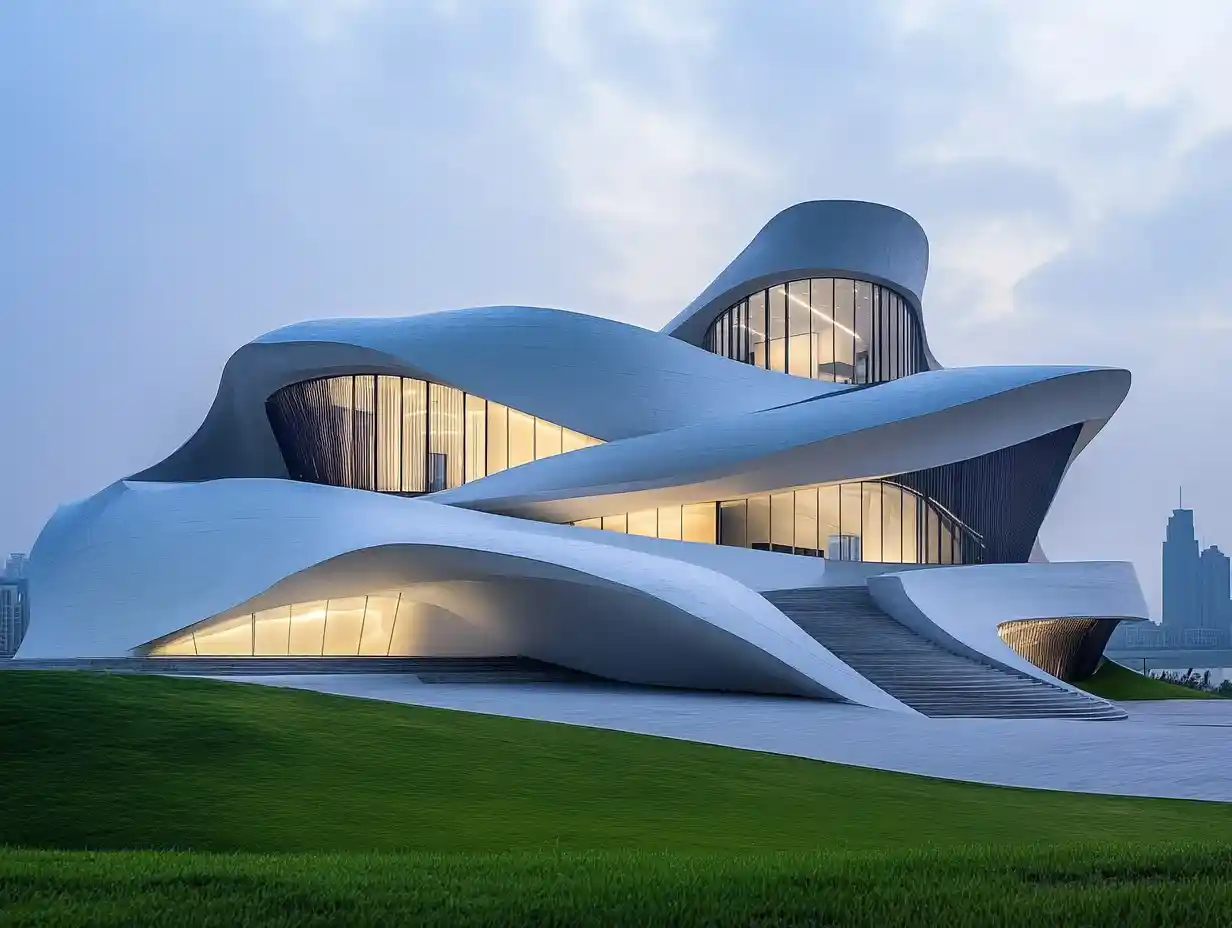
Challenges In Architectural Photography
Architectural photography presents unique challenges that test our adaptability and expertise. From managing uncontrollable external factors to overcoming lighting complexities, each scenario demands strategic solutions.
Handling External Elements And Weather
External factors, like weather and environmental distractions, often disrupt architectural photography. Sunlight creates harsh shadows on sunny days, while clouds may diffuse light unevenly. Navigating these conditions requires careful planning, whether by scouting locations during optimal times or rescheduling to suit the desired aesthetic. Wind, rain, and unforeseen elements can interfere with stability and equipment safety, so protective gear, like lens hoods and camera covers, should always be on hand.
Urban environments introduce further challenges, including pedestrians and vehicles obstructing views. To mitigate this, we often shoot during early mornings or weekends when there’s less activity, ensuring structures remain the focal point.
Tackling Lighting Difficulties
Lighting significantly shapes architectural photographs, yet it often poses complications. Overexposed highlights and detail loss can occur during midday, while uneven lighting might obscure a structure’s key attributes. To address this, we prefer shooting during golden or blue hours, as softer light enhances architectural details and reduces shadows. When natural light proves insufficient, artificial lighting supplements by highlighting specific elements or creating dynamic effects.
Indoor shots introduce artificial and mixed lighting challenges, causing color inconsistencies. Filters, white balance adjustments, or post-processing corrections allow us to achieve an accurate representation without diminishing authenticity. By understanding and adapting to varied lighting conditions, we maintain control over this pivotal aspect.

Tips For Exploring The Art Of Architectural Photography
Architectural photography thrives on a combination of creativity, technical expertise, and a unique perspective. To capture compelling visuals, it’s essential to experiment with viewpoints and balance artistry with precision.
Experimenting With Perspectives
Shifting perspectives uncovers new dimensions within structures. Shooting from different angles enhances visual storytelling, highlighting architectural details like patterns, materials, or reflections. Low angles exaggerate height and dominance, while high angles emphasize symmetry and layout.
Wide-angle lenses broaden the frame, capturing expansive scenes, but close-up shots can magnify intricate craftsmanship or textures. Exploring unexpected vantage points, such as shooting through windows or framing facades with surrounding elements, adds depth and context. Each perspective should align with the story of the building.
Blending Creativity With Technical Skills
Architectural photography merges artistry with technical precision. Composing shots using visual tools like leading lines or geometric patterns strengthens the impact. Balancing light optimizes clarity; natural light during golden or blue hours adds mood, while artificial sources enhance nighttime shots.
Post-processing further refines visuals. Adjusting color tones, correcting distortions, or fine-tuning sharpness ensures the final image reflects the subject accurately. Creativity should adapt to each building’s essence, expressing unique interpretations through angles, textures, and light interplay.
Conclusion
Architectural photography combines technical expertise and artistic creativity to capture the essence of structures. By mastering composition, lighting, and the use of specialized tools, we can transform static forms into compelling visual stories. Overcoming challenges like unpredictable conditions or urban obstacles requires preparation and adaptability, enhancing our ability to bring out the unique character of each structure. This art form encourages us to explore perspectives, refine techniques, and celebrate architecture’s interplay with its environment.
- architectural photography lighting
- architectural photography tips
- architectural photography workshops
- best cameras for architectural photography
- composition
- creative architectural photography
- famous architectural photographers
- historical architecture photography
- how to photograph architecture
- integrating art in photography
- interior and exterior photography
- modern architecture photography
- photography ideas
- portfolio
- post-processing for architectural photos
- techniques
- urban architecture photography







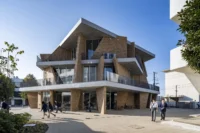




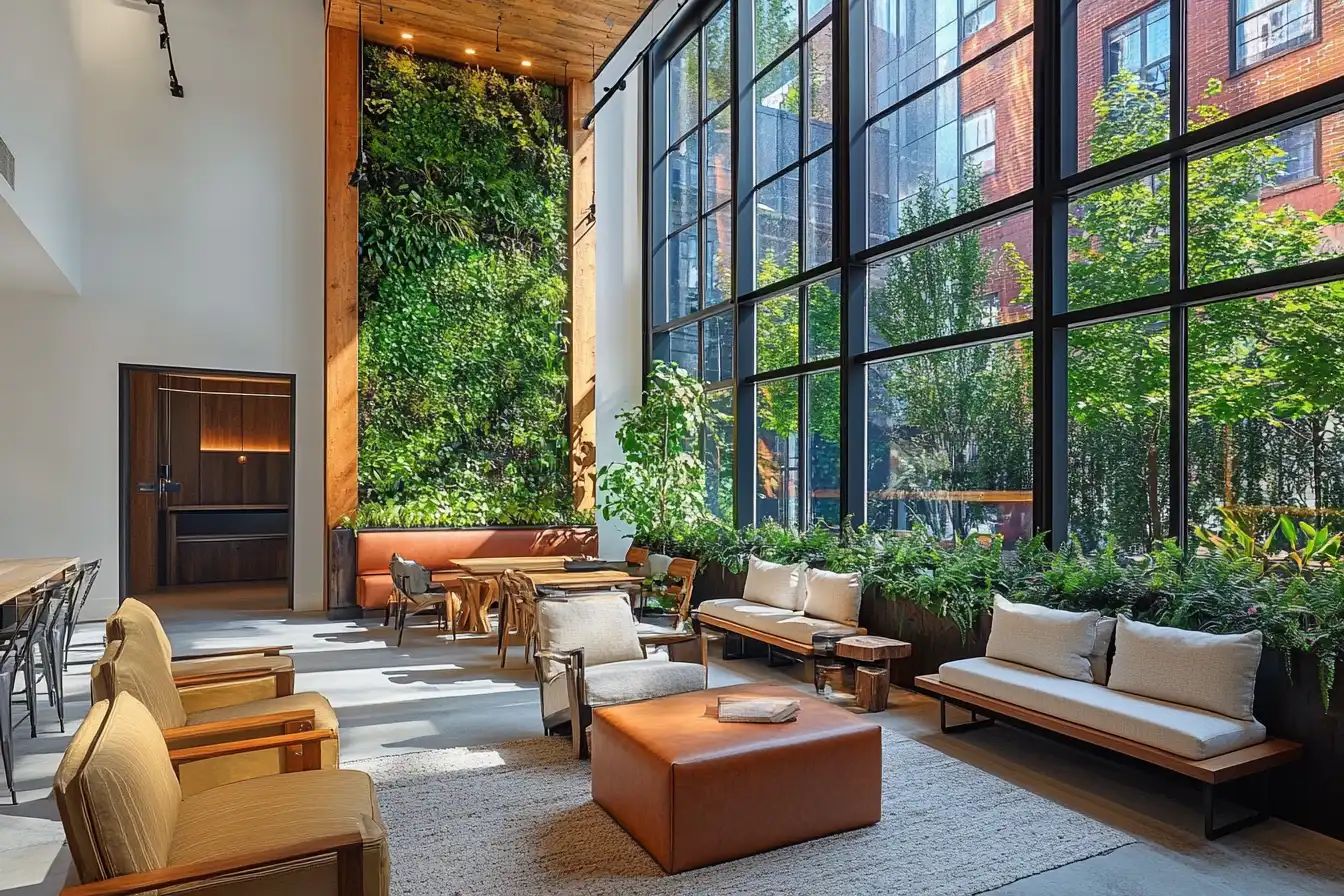


Leave a comment